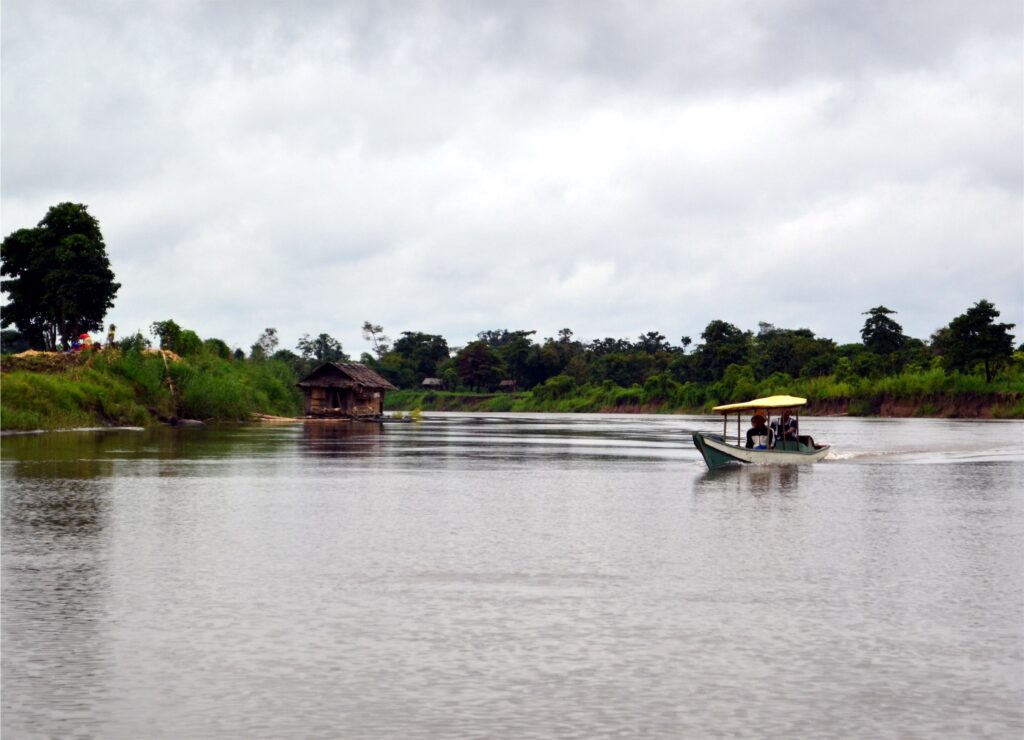Most people think wetlands are wastelands. But they are not.
“Wetlands matter in the fight against climate change,” said the Biodiversity Management Bureau, a line agency of the Department of Environment and Natural Resources. “When they are burned or drained, they go from being a carbon sink to a carbon source.”

Last 2 February, the international community observed World Wetlands Day. Wetlands cover roughly six percent of the Earth’s land surface. They are vital for human health, food supply, tourism and jobs.
The BMB defines wetland as “any land area that is saturated or flooded with water, either seasonally or permanently. They can be either inland such as lakes, aquifers and marshes or coastal, such as mangroves, estuaries and coral reefs.”
A patch of land that develops pools of water after a rain storm would not be considered a “wetland,” even though the land is wet. Specifically, wetlands are characterized as having a water table that stands at or near the land surface for a long period each year to support aquatic plants.
In the Philippines, there are eight wetlands of international importance. Luzon has five sites while Visayas has two. Only one so far has been designated in Mindanao.
The five sites in Luzon are Naujan Lake National Park in Oriental Mindoro, Tubbataha Reefs Natural Park and Puerto Princesa Subterranean River National Park (both in Palawan), Las Piñas-Parañaque Critical Habitat and Ecotourism Area in Metro Manila and Sasmuan Pampanga Coastal Wetlands.
Visayas has the Olango Island Wildlife Sanctuary (a low-lying island surrounded by extensive intertidal sandflats, mangroves, seagrass beds, coral reefs and islets) in Lapu-Lapu, Cebu; and the Negros Occidental Coastal Wetlands Conservation Area (host of three globally-threatened marine turtles: Hawksbill Turtle, Green Turtle and Olive Ridley Turtle) in Negros Occidental.
The Agusan Marsh Wildlife Sanctuary is the only one in Mindanao. The marsh, located in Agusan del Sur, is a vast complex of freshwater marshes and watercourses with numerous shallow lakes and ponds in the upper basin of the Agusan River and its tributaries, which rise on the hills of eastern Mindanao.
The first basic function of wetlands is that they ensure freshness for all human beings. “Wetlands provide us with drinking water,” said the BMB. “Only 0.75 percent of the world’s freshwater is accessible for direct human uses. The United Nations estimates that 2 billion people will not have access to safe drinking water by 2025.”
Wetlands also filter harmful waste from water. “Eighty percent of wastewater is discharged into the natural environment without any form of treatment,” said BMB. “The abundant plant life in wetlands absorbs waste, which helps purify water.”
Unknown to many, wetlands are nature’s shock absorbers. “Wetlands are a natural buffer during extreme weather. They store heavy rainfall during storms, which reduces flooding and delays the onset of droughts,” said the BMB.
According to Dr. Rafael D. Guerrero III, former head of the Philippine Council for Aquatic and Marine Research and Development, “Mangroves serve as coastal buffers and reduce coastal erosion.”
The wetlands are also very important when it comes to biodiversity. “Wetlands are home to more than 100,000 freshwater species,” They are essential for many amphibians, reptiles and migratory birds,” the BMB pointed out.
And they guarantee our food supply by providing important food products like fish and rice, while also sustaining livelihoods. According to the BMB, wetlands support 61.8 million people who earn their living directly from fishing and aquaculture.
Likewise, the role of wetlands when it comes to the problem of climate change cannot be ignored as they store carbon, holding 30 percent of all carbon stored on land or twice the amount stored in the world’s forests, thus providing resilience against climate change.
Still, despite their myriad uses, wetlands are not given much prominence or importance. Since the 1700s, almost 90 percent of the world’s wetlands have undergone degradation.
The United Nations Environment Program says wetlands are disappearing three times faster than forests as more than 35 percent of wetlands globally have been degraded or lost since the 1970s.
“Encroachment on, or loss of, wetlands can cause serious environmental damage to the ecosystem, so they should be restored and rehabilitated when possible,” UNEP said.
The destruction of wetlands must be stopped now before it’s too late. “If this trend continues, the world will lose valuable ecosystems which deliver unrivaled benefits to humanity,” UNEP added.
